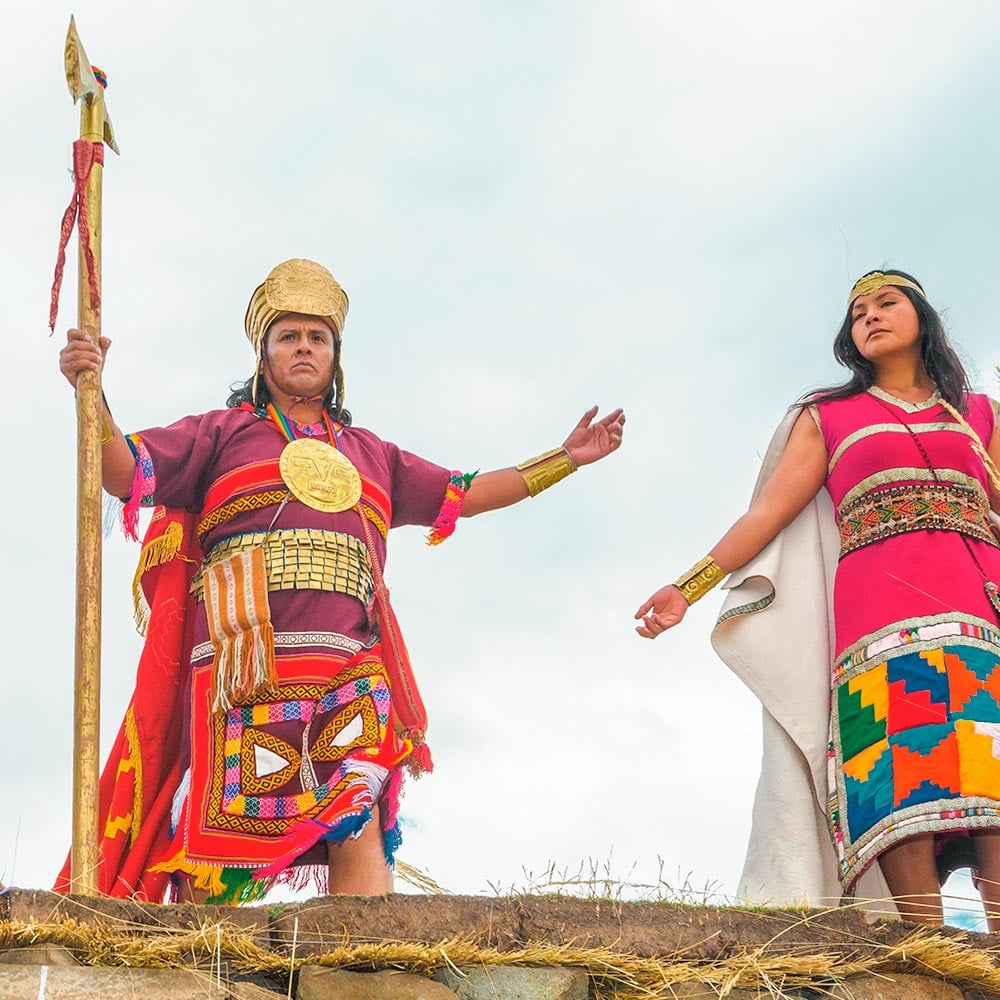Have you ever been curious about the ancient Inca calendar and the fascinating way the Incas marked time? The Inca calendar, a marvel of precision and astronomy, is a testament to the advanced knowledge of this remarkable civilization. In this comprehensive guide, we'll explore the intricacies of the Inca calendar, offering detailed information in lists, tables, and summaries that are both educational and easy to understand.
What will you find here?
- Inca Calendar: A glimpse into ancient timekeeping
- Frequently Asked Questions (FAQs)
Inca Calendar: A glimpse into ancient timekeeping
The Inca calendar, known as "huarochirí," was a complex system that helped the Incas organize their lives, agriculture, and religious ceremonies. Here's a breakdown of the Inca calendar:
First month: Qhapaq Raymi
- Duration: December 21 - January 19
- Significance: Qhapaq Raymi marked the beginning of the agricultural cycle when the Incas started planting crops. Festivities and ceremonies celebrated this vital period.
Second month: Hatun-pucuy
- Duration: January 20 - February 18
- Significance: This month involved activities like clearing land, planting, and irrigation preparations for the upcoming growing season.
Third month: Pawkar Raymi
- Duration: February 19 - March 20
- Significance: Pawkar Raymi marked the emergence of the rains, essential for crop growth. Festivals and rituals dedicated to water deities were held.
Fourth month: Inti Raymi
- Duration: March 21 - April 19
- Significance: Inti Raymi, the "Festival of the Sun," celebrated the winter solstice. It was a time of homage to the sun god, Inti, and featured grand ceremonies at Sacsayhuaman.
Fifth month: Anta-situa
- Duration: April 20 - May 20
- Significance: Anta-situa was a month for preparing the fields, planting, and performing agricultural rituals.
Sixth month: Situa Raymi
- Duration: May 21 - June 19
- Significance: This month focused on growing crops, with ceremonies to ensure a successful harvest.
Seventh month: Inti-situa
- Duration: June 20 - July 20
- Significance: Inti-situa coincided with the harvesting season and was a time for thanksgiving to the sun god.
Eighth month: Anta Raymi
- Duration: July 21 - August 18
- Significance: Anta Raymi celebrated the planting of late-season crops and included ceremonies to protect the crops from frost.
Ninth month: Aymuray
- Duration: August 19 - September 17
- Significance: Aymuray marked the ripening of crops, with ceremonies to bless the harvest.
Tenth month: Hataq Raymi
- Duration: September 18 - October 17
- Significance: Hataq Raymi was a time for preparing the land for the next planting season, marking the agricultural cycle's end.
Twelfth month: Kapaq Raymi
- Duration: November 17 - December 20
- Significance: Kapaq Raymi was a month for wrapping up agricultural activities, preparing for the new year, and celebrating the cycle's completion.
Frequently Asked Questions (FAQs)
Q1: How accurate was the Inca calendar?
The Inca calendar was remarkably accurate, based on astronomical observations and the precise division of time. It was primarily agricultural and closely tied to the sun's movements.
Q2: Is Inti Raymi still celebrated today?
Yes, Inti Raymi is still celebrated in Cusco, Peru, every year on June 24th. It's a grand reenactment of the Inca Festival of the Sun.
Q3: What was the Inca calendar's role in daily life?
The Inca calendar played a central role in organizing agricultural activities, religious ceremonies, and civic events, ensuring the well-being of the Inca society.











